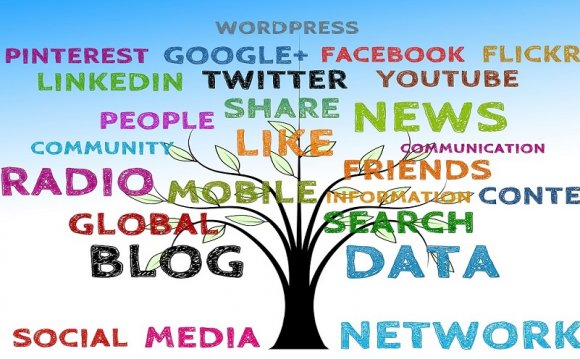
 We just hired our first full-time PR person at Kapost. His name is .
We just hired our first full-time PR person at Kapost. His name is .
When we were hiring for the position, I remember cautiously warning each candidate we interviewed, “We’ve never really had an ‘official PR person’ on the team. Historically, it’s been our philosophy to avoid traditional marketing tactics.”
Our company is a firm believer in pure content marketing over traditional marketing. We always lumped “PR” in the “traditional marketing” bucket, so this hire broke our unadulterated code of content marketing ethics and forced us to answer this question: Are PR and content marketing mutually exclusive?
Really, many CMOs face this question when putting together marketing strategy and budgets. They believe they lack the time and resources to meet the demands of both content marketing and PR. After all, there are only so many hours in a week, and so many dollars for staffing.
They view the question as a singular choice. They ask: Should we produce content to fill our owned publishing outlets OR do we give our stories to the “news” for greater earned media?
It’s not an all-or-nothing decision. The best answer is a mixture of PR and content marketing.
Content marketing is the golden child of modern marketing – driving long-term thought leadership, page-rank advantage, and nurtured trust between a buyer and a brand. But PR plays an invaluable, complementary role.
1. PR increases brand awareness, lead pool
Content marketing isn’t just about production, it’s also about . We allocate a majority of our focus and resources to building our own channels because they deliver long-term growth, bolster search-engine rank, and increase our position as thought leaders. But the content that we build must be distributed so people can find it.
Key elements of marketing are to attract an even greater audience, lead pool, and increasing brand awareness. While content marketing beefs up one’s owned-media channels, PR bolsters earned media and likely garners new eyes for a brand.
Tip: To successfully drive more high-quality leads to your brand through public relations, smartly choose media outlets that make sense for your brand/industry. Seek media sources with high clout and influencers whom your target customers trust.
2. PR ‘hits’ strengthen corporate credibility and brand communication
If your CEO announces on your blog that the new “X” feature is going to change the game, maybe 20% of people will believe it. But, if a major news outlet publishes your CEO’s announcement that the new “X” feature is going to change the game in your industry, a majority of people will believe it.
Corporate blogs carry a stigma of self-serving promotion, and the general public is still more likely to trust traditional news outlets.
So, if you have a big announcement that needs validation, go get your PR guy. Your CEO can tout new product features as much as he or she wants on the corporate blog, but good luck getting the public to believe. On the other hand, one credible media “hit” and your word is golden.
Tip: Develop relationships strategically with journalists and learn their styles. Each news publication has a different personality, tone, and set of criteria for submitting work. The better you tailor your submission, the better the chances of your story being published. For outlets that are likely to reprint your news as submitted, pay attention to their publication style such as:
- Does it use the Oxford comma?
- Does it capitalize titles?
- Does it use last name or first name for people on second reference?
3. PR challenges the content team to think about the greater good
One tenet of content marketing is to be buyer-centric and produce content our public wants to consume. However, with product marketers, sales teams, and engineering teams demanding one-off content assets, sometimes our efforts can be derailed.
PR reminds content teams to focus on the public. What stories are the most interesting? How are current events shaping our industry, and where can we be involved in those trends? By working collaboratively, PR can bring fresh insights, creative angles, and a greater perspective of the public into content marketing production. PR’s goal is to share a story that is so compelling that members of the media eagerly want to publish the story on their front page. If content marketers crafted equally powerful stories for owned media channels, consumers would eat it up. The distribution vehicles may vary, but the results are the same – good stories that engage your targeted audiences.
Tip: What is your angle? Whether it’s a PR pitch for The New York Times or a Tuesday blog post, your stories should have a unique perspective. Reporters don’t want to cover the same old thing every day, and your audience doesn’t want to read crud.
Consider how to make better content through:
- freshness
- relevancy
- timeliness
- trendiness
- newsworthiness
Working PR into your marketing mix
When it’s all said and done, PR and content marketing really are working toward the same goals – increased brand awareness, educated audiences, increased thought leadership, better industry positioning, and customer loyalty, to name a few.
While modern marketing has certainly changed best practices, one thing has remained constant: There’s always an opportunity to tell a better brand story to a larger audience. As a result, PR can play a powerful role in content marketing in 2015.
Want more insight to help you plan strategically for the upcoming year? Check out all the fantastic CMW sessions that are available through .














